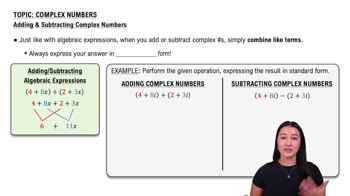Textbook Question
Match each expression in Column I with its equivalent in Column II. See Example 3. I II.a. 6° A. 0b. -6° B. 1 c. (-6)° C. -1d. -(-6)° D. 6 E. -6
415
views






